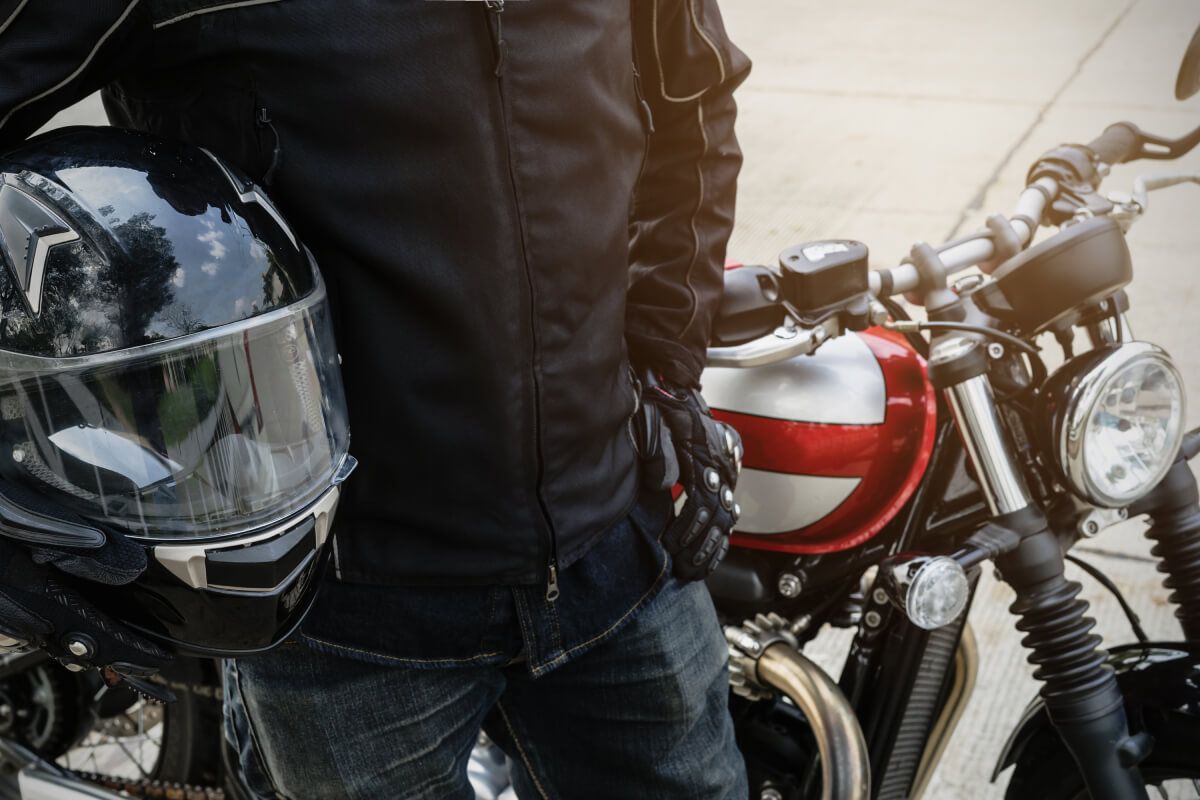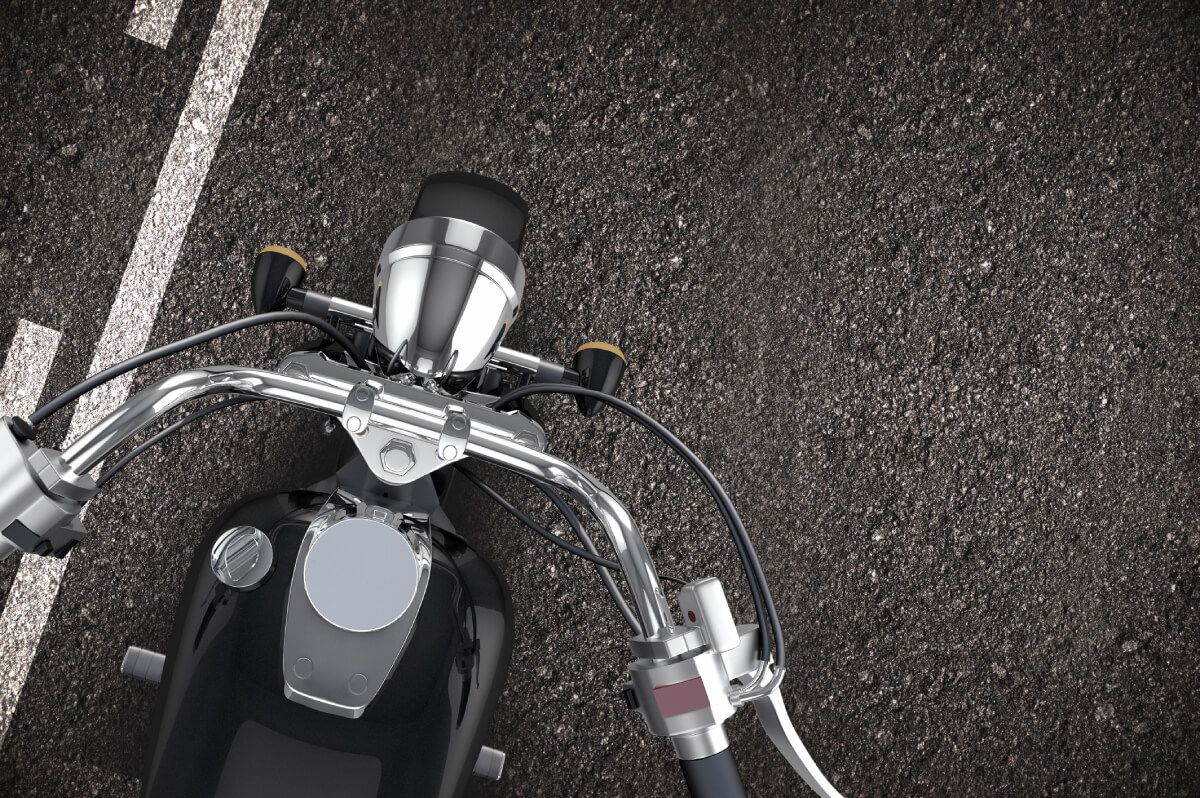The Emerging Motorcycle Safety Technologies to Help Prevent Accidents
The auto industry has added new technology to cars that will help motorists be more aware of motorcyclists. Front crash prevention could aid with stopping motorcycles from being rear-ended. Front crash prevention also includes blind spot and lane maintenance detection systems. These systems weren't designed especially for motorcyclists but have a two-fold benefit. The statistics show that fatal two-vehicle/motorcycle crashes could be reduced by 10 percent by having all these technologies. Another new technology in the works is an automatic alcohol breath test of the driver. Lack of awareness of the motorcycle, or the driver's ability to react is impaired is one of the main causes of motorcycle accidents. This new system is called Driver Alcohol Detection System for Safety (DADSS) Program. DADSS needs to be seriously tested for performance standards before being released to car makers, and even then, it will be offered as a safety option. Besides testing breath, a blood alcohol reading could be tested through the skin when the start button is pressed. If the driver's alcohol level is 0.08 percent or higher, the vehicle won't start. Any technology will never replace the need for proper helmets and other protective gear worn by the motorcyclist.

New Technology for Motorcycles
Honda is experimenting with a new technology for motorcycles. If an automobile is fitted with similar technology, the driver of the car will be alerted that a motorcycle is coming out of a side street up ahead and be prepared to slow down. This new technology was presented at the 19th World ITS (Intelligent Transportation Systems) Congress, held in Vienna in October. Honda, Yamaha, and BMW are working together on a new technology for motorcycles that will warn the cyclist of road hazards up ahead. An advance warning about road conditions, accidents up ahead, and heavy traffic could give the motorcyclist time to slow down and be alert to what is coming on the road ahead. Bikes will be able to communicate with other vehicles with this technology system. The collaboration among these three manufacturers is called Connected Motorcycle Consortium. They hope for a joint effort with more manufacturers, to help in developing the technology they call Cooperative-intelligent Transport Systems (C-ITS) for motorcycles. It's not as easy as transporting the technology used by automobiles to motorcycles. There isn't the same required space on a bike, and motorcycles have different driving dynamics to consider. Electronic systems need to be smaller and be resistant to water, dust, and vibration. The software development and algorithms need to think about special needs.

High-Tech Helmets
Jarvis, a Taiwanese firm, is developing the most techno-packed motorcycle helmets ever seen. The helmets are fully carbon fiber, called X and X-AR, and are already serving hundreds of police officers in Taiwan. The smart helmet is equipped with a 2K built-in front camera, built-in speakers and microphone, a rear camera. The X-AR also has a head-up display unit that shows information on speed, weather conditions, and navigation. The X helmet can also receive audible directions. Both helmets use voice activation. The CEO of Jarvis has reiterated that the X and X-AR helmets don't replace smart, safe riding.
